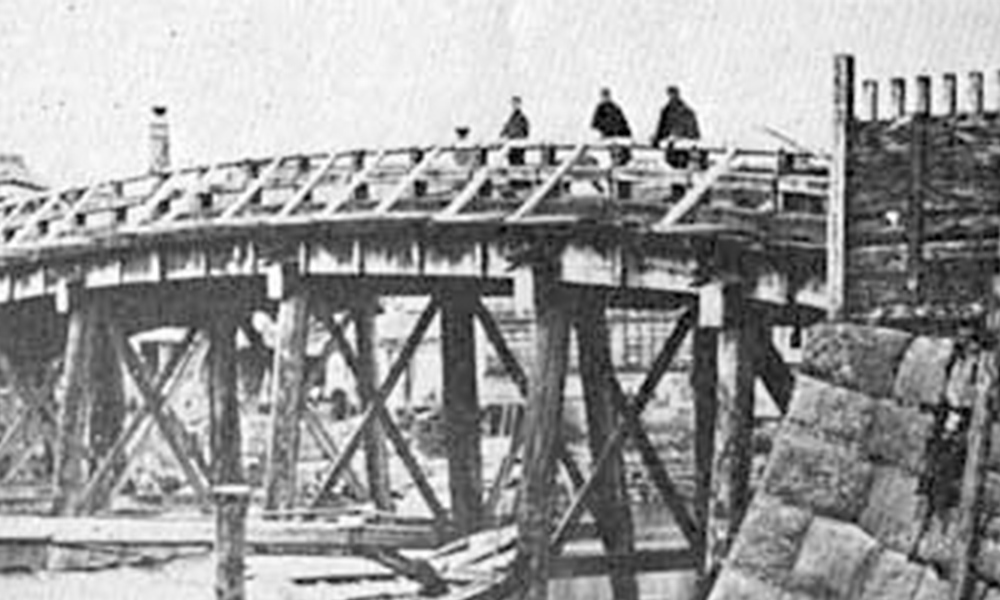
1872年東京 日本橋
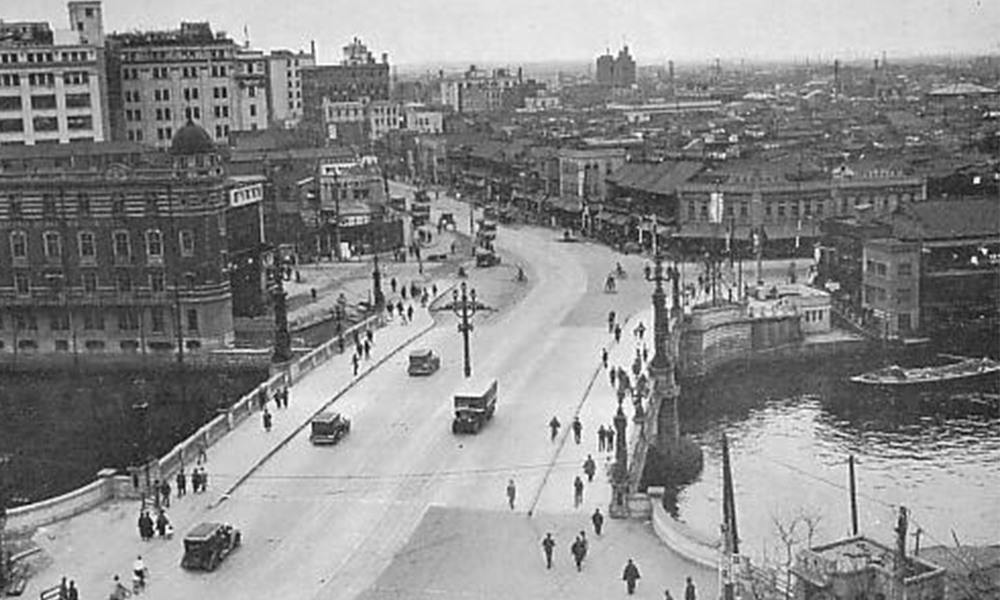
1933年東京 日本橋
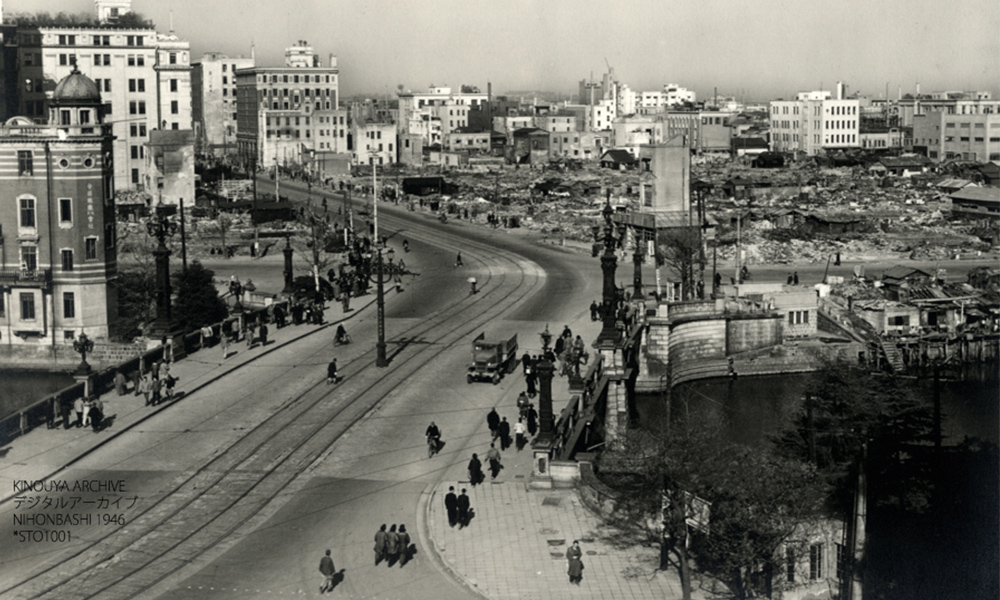
1946年東京 日本橋
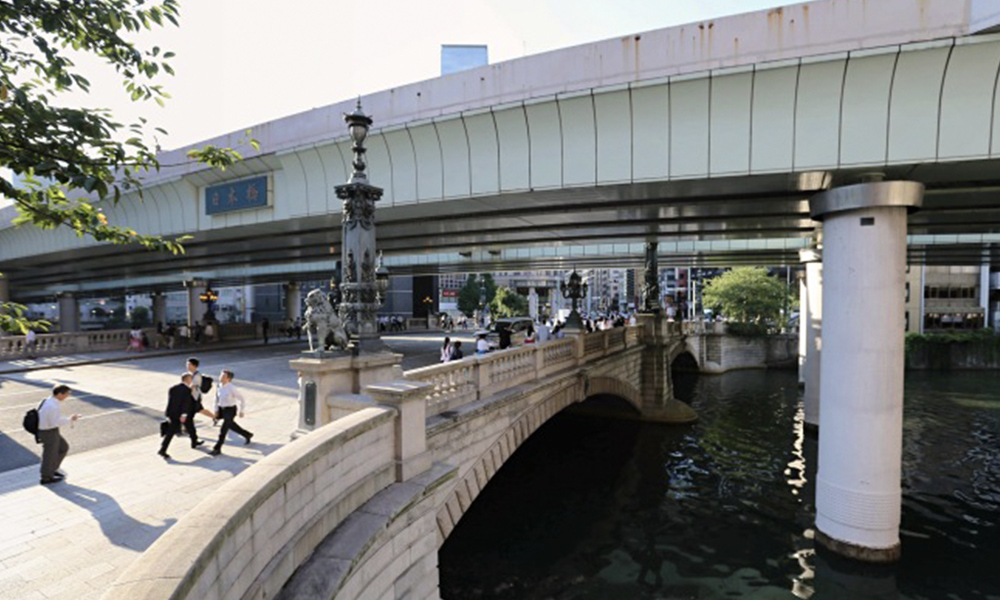
2017年東京 日本橋
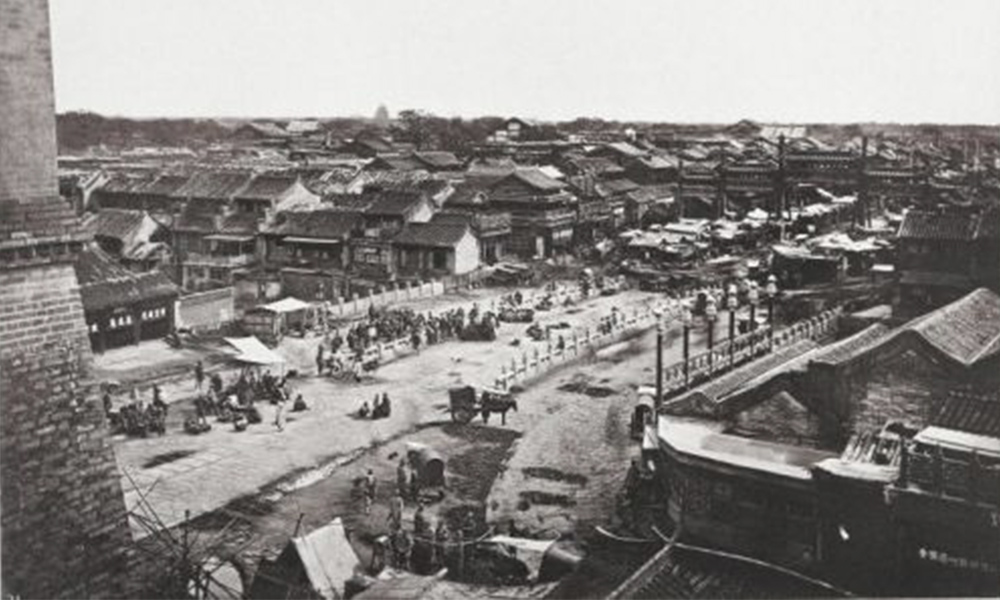
1872年8月〜10月北京 前門
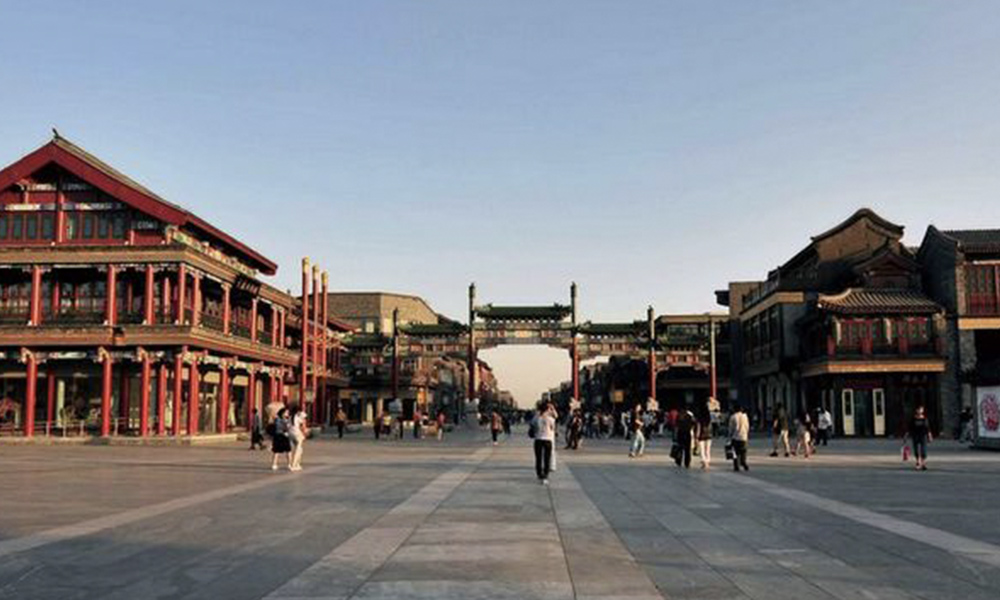
現在北京 前門
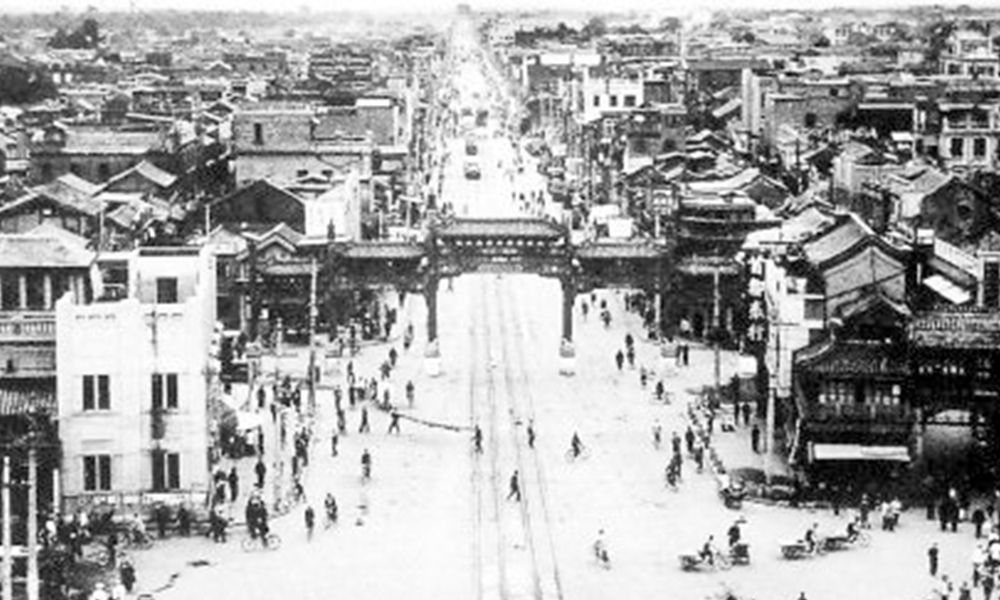
1949年前後北京 前門
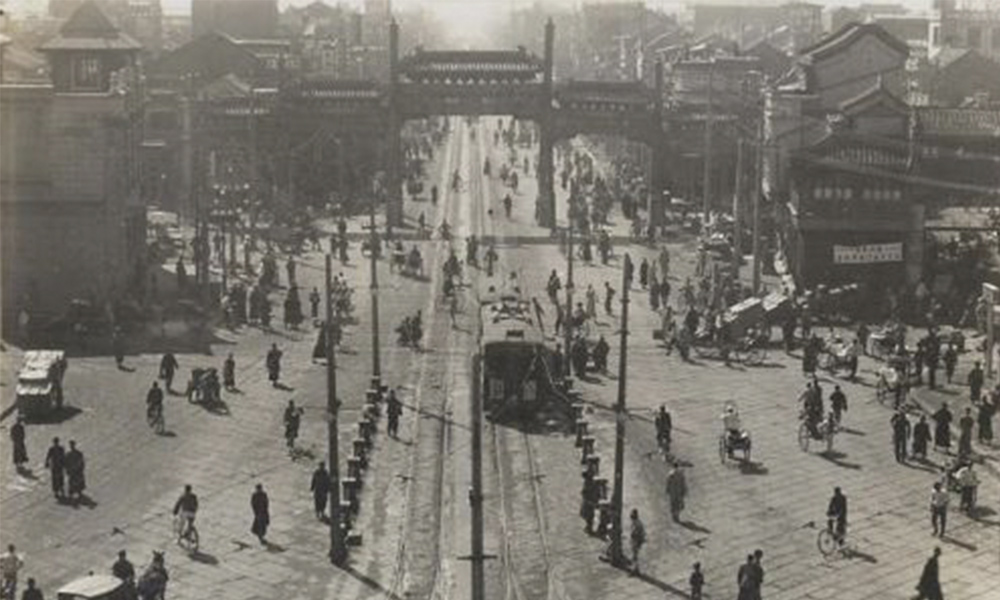
1930年代北京 前門
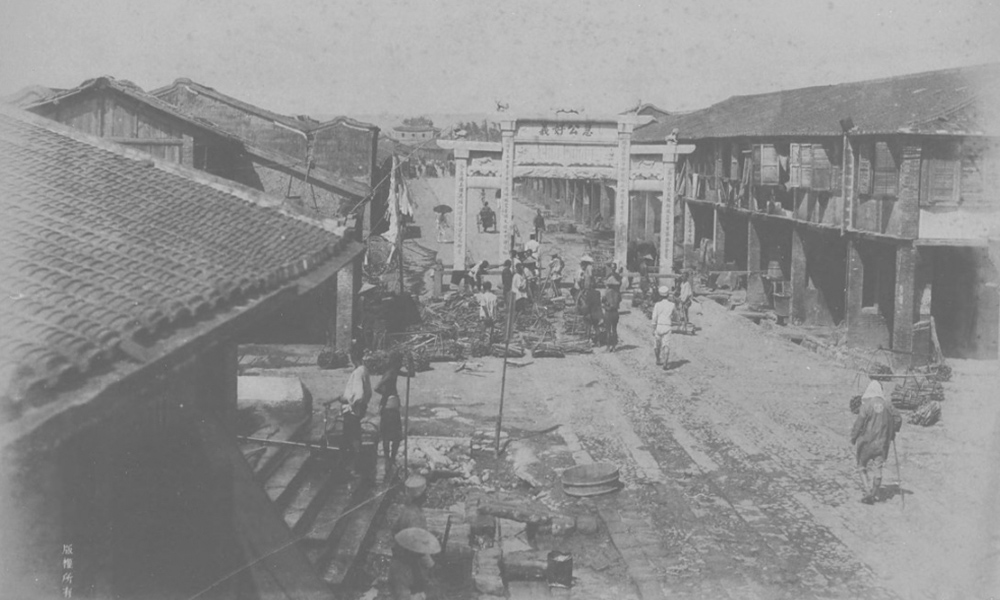
1895年台北 衡陽路
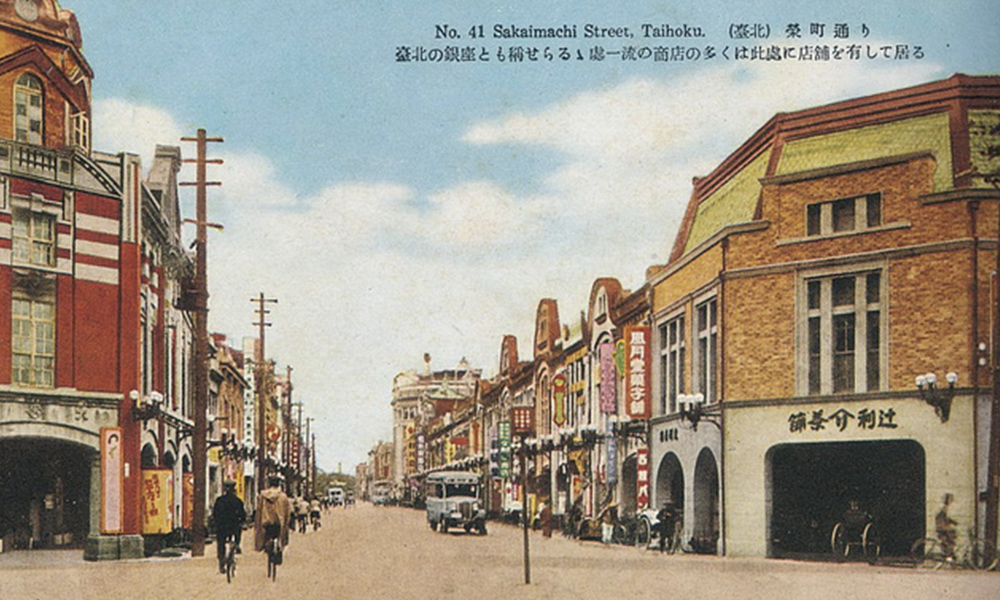
1930年代台北 衡陽路
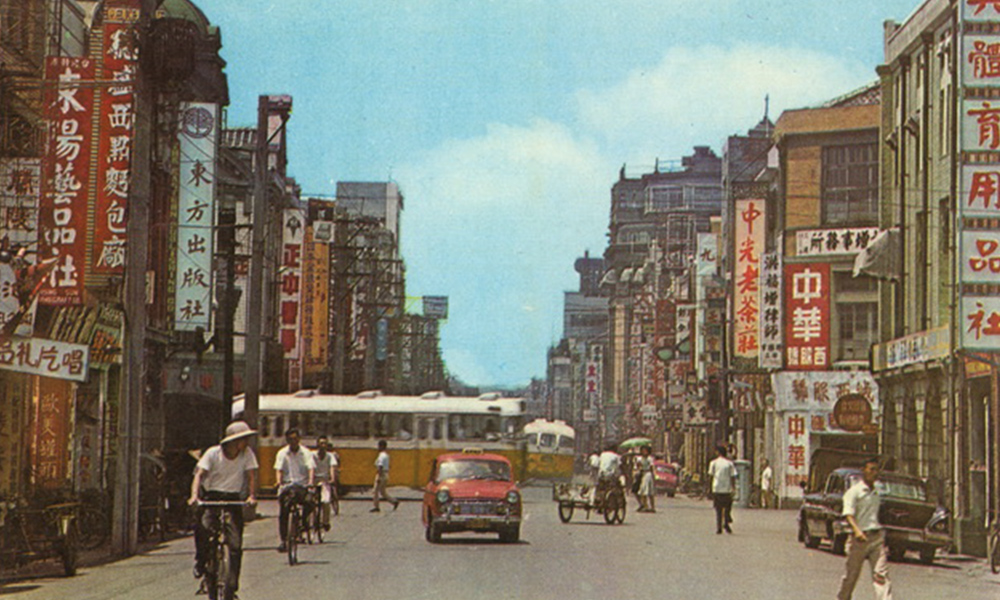
1960年代台北 衡陽路
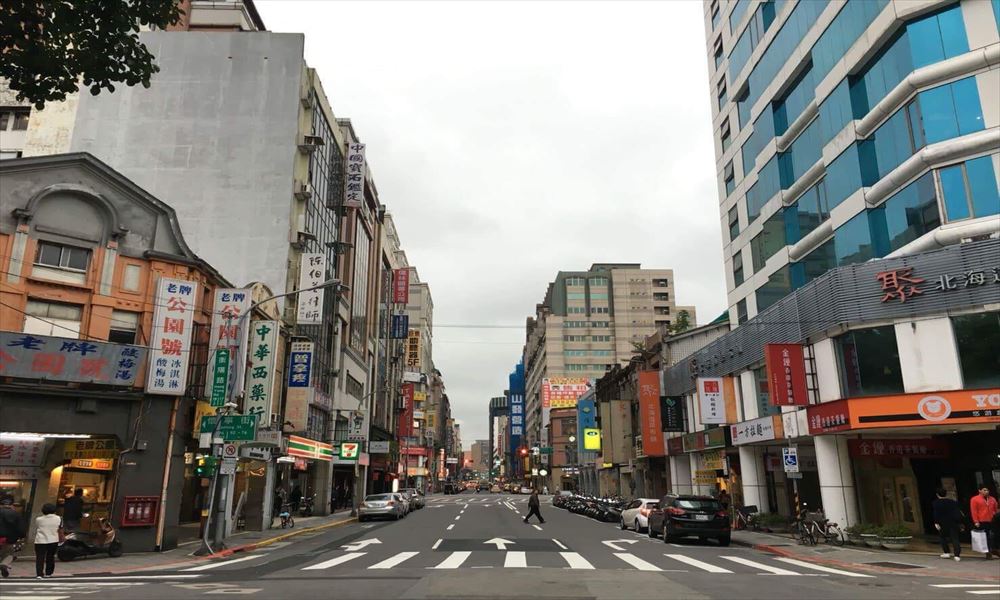
現在台北 衡陽路
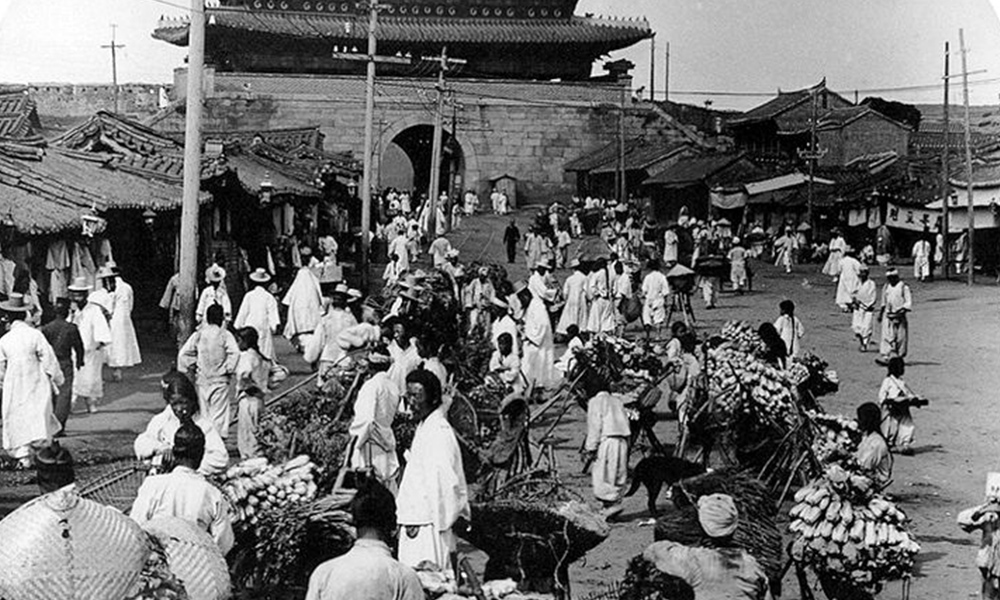
1904年ソウル 南大門
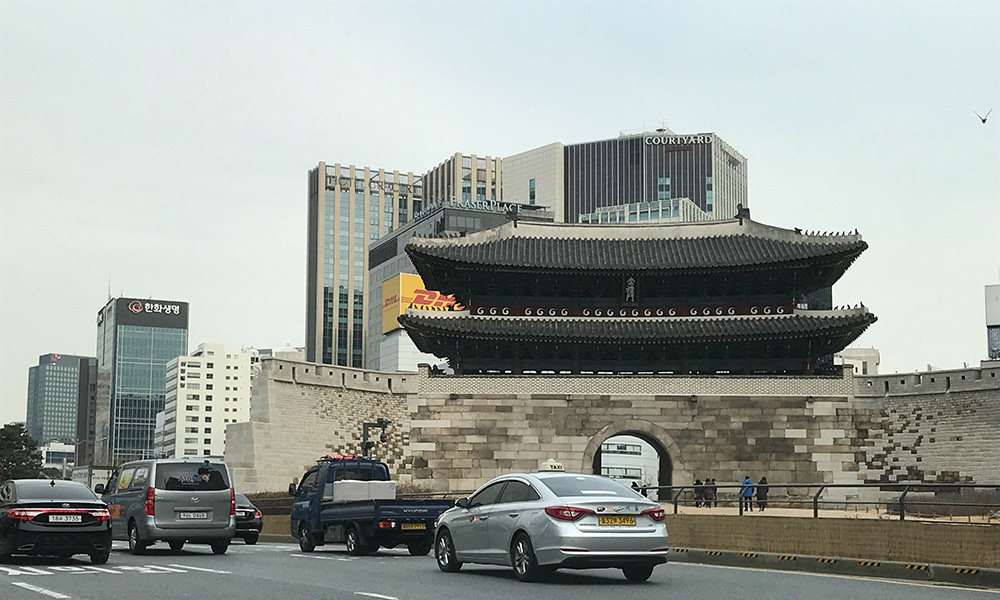
2006年ソウル 南大門
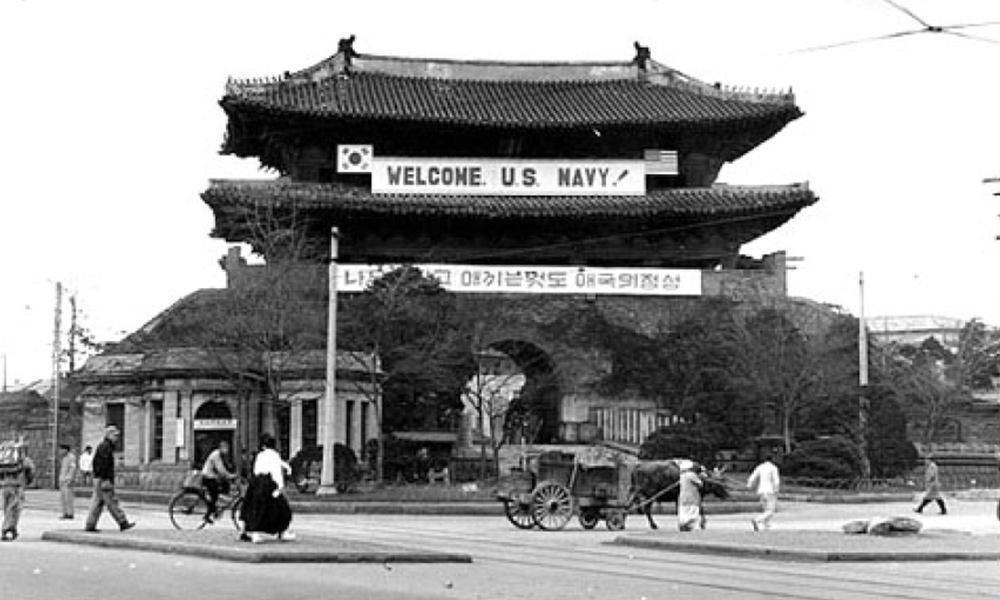
1950年ソウル 南大門
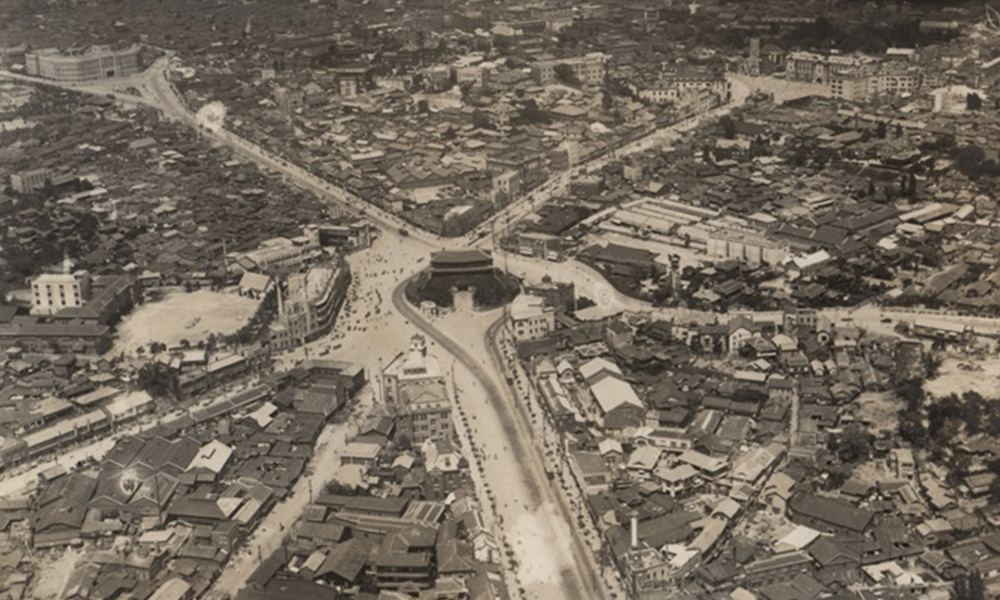
1940年代初ソウル 南大門
Historical recognition issues still exist between Japan and China in confrontation.
The thirty-six years of annexation by the Japanese empire and continuous invasions by the Japanese army in the form of the First Sino-Japanese War, the Manchurian Incident, and the Second Sino-Japanese War carved into the memory of “victims” that is difficult to erase among South Korea and China. I can nod to this without hesitation.
There is a seventy-year postwar history where the Japanese side with the history of “attack” and the counterparts thought diligently and spoke about how to recognize these issues as the government and people.
Notwithstanding, the historical recognition problems, from one perspective, seem to be giving rise to a dispute between Japan and China as well as Japan and South Korea on the worst level in history.
In this essay, I would first like to summarize the history of such historical recognition on the Japanese side. I would then like to consider the positioning of the Abe Statement of 2015 in relation to the Murayama Statement of 1995. Lastly, I will conclude the essay by adding my brief reflection upon thinking about how Japan will correspond to the historical recognition issues from now on.
The lineage of historical recognition in postwar Japan
In postwar Japan, (1) it went from defeat to occupation, and a conviction in the Tokyo Trial was accepted by Article 11 in the San Francisco Peace Treaty. (2) Strict discussions then took place to request the dignity of soul as a nation between “rightists” attempting to reconstruct by standing in the position of prewar Japan’s honor and “leftists” claiming the need to re-examine the history of offense toward Asia. (3) Upon the statement by Prime Minister in 1995 (in other words the “Murayama Statement”), it somehow reached one common conclusion. From the perspective of domestic politics, there is a view that the Murayama Statement was born from the unusual combination of Prime Minister from the Social Democratic Party and a Cabinet member by the member of the Liberal Democratic Party. This is all the more reason that the Murayama Statement, as a shared opinion between the “rightists” and the “leftists,” constructed an important foundation of Japan’s historical recognition issues.
The Murayama Statement served as a framework for all the statements with the theme of historical reconciliation between the Japanese government and related countries, such as China, South Korea, North Korea, the United Kingdom, the Netherlands, and the United States over twenty years from 1995 to 2015. Anyone who has experience working for issues related to historical recognition in the Ministry of Foreign Affairs is well aware as to why the Ministry of Foreign Affairs cannot have a half-hearted attitude toward the Murayama Statement [i].
I myself was next to the minister in position at the Russian Embassy in Japan when the Murayama Statement developed in August 1995. Having “colonialism” and “invasion” as keywords, I read the Statement that demonstrated “poignant reflection and an apology from the bottom of the heart” and contributed a purport of “this represents bravery and it is Russia that should show bravery to Japan next” to the weekly magazine well sold in Russia then.
Since I began to directly think about historical recognition issues after retiring from the Ministry of Foreign Affairs in 2002, I focused on the significance of the Statement as Japanese citizens formed historical recognition. I was able to publish a piece in Japanese and English on the implications of this statement that is equal to the speech by Weizsäcker in 1985 [ii].
The Murayama Statement and the Abe Statement
For this reason, I followed with great interest to see what the content of the Abe Statement would be in 2015 for the 70th anniversary of the end of the war. Prime Minister Abe openly criticized the tendency to use the word “invasion” after the Murayama Statement. As the day of the presentation drew near, what to succeed and what not to succeed became obscure while claiming to “take over [the position of successive cabinets] as a whole” [iii].
After gazing at the presentation of the Statement on the home TV, I felt relieved. The Statement succeeded the humble attitude toward the direct viewing of history as the perpetrator and the recognition of responsibility, which was the most important point raised in the Murayama Statement. Though I will conduct a detailed analysis of the whole statement some other day, I would like to raise and analyze two most important positions in the Statement.
Incidents, invasions, and wars. Threats and exercise of military force in any form should never be employed again as a means to resolve international conflict. We must create a world where we part permanently from colonial rule and respect the self-determination of all nations. With the sense of deep repentance for the great war, our country swore as such… Our country continued to express poignant reflection and the sincerest apologies for our conduct during the great war… This position of successive cabinets will be unwavering from now on as well.
This first part can generally be regarded as the part that succeeded the Murayama Statement. Key is “poignant reflection and the sincerest apologies” and the point of expressing that “[t]his position of successive cabinets will be unwavering from now on as well.”
As a matter of course, what this is stating is the “conduct during the great war.” Strictly speaking, what the “conduct during the great war” indicates is unclear.
There are two positions regarding this. One is the position to narrowly interpret this content by statutory interpretation. That is, “reflection and apologies” are only in regards to specific phenomena that occurred between December 8, 1941 and August 15, 1945. This position thus asserts that “reflection and apologies” in the Abe Statement are not accomplished for the matters that did not occur during this period.
Another position is that the content indicated through the word, “the great war,” is expressed as an ambiguous content that leaves some clues unattended. The most powerful clue is “the sense of deep repentance for the great war” stated prior to it and such matters as “[i]ncidents, invasions, and wars” and “part[ing] permanently from colonial rule.”
Why did he not clearly define such things that function as more than a clue? If I add a speculation, isn’t it because it would yield too complicated a dispute for Prime Minister to take responsibility for if he must consider to what extent Japan must reflect and apologize?
By implying that that it does not go into the exact historical phenomena, this attitude shares commonality with the Murayama Statement. The biggest criticism by the “leftists” toward Murayama Statement was that the terms, “colonialism” and “invasion,” were doubtlessly used, but it did not mention where they were used against. Moreover, “invasion” used here and its relationship with the term of international law, “invasion,” used in the Tribunal for the Far East is ambiguous.
The Murayama Statement is neither legal nor historical and told a general and intuitive content that many Japanese people could understand and sympathize with. Isn’t this why it functioned as a consensus among entire citizens afterwards? I attempted to explain this by comparing Karl Jaspers in the background of Weizsäcker to Suzuki Daisetsu, who is the origin of Japanese ideas, in the background of the Murayama Statement [iv].
In considering it with this flow, suffice to say that the Abe Statement deliberately leaves the same ambiguity.
A reason that the Abe Statement will be a discourse to be succeeded is because, while barely succeeding “the Murayama Statement” and at least not contradicting with it, he uses an entirely distinctive perspective and opening from the Murayama Statement that many Japanese will likely accept.
The generation born in postwar Japan now occupies eighty percent of the population. We must not burden our children, their offspring, and children in the generation after that, with no connection to that war, with the fate of continuing to apologize. However, we, Japanese, must still directly face the history of the past regardless of generation. We carry the responsibility of succeeding the past and passing it to the future with a humble mind.
This part of the first half is widely known. It indicates that younger generations, who will be born to have no connection to the war, must not be given the fate to conduct an apology. Abe received internal and external attention from the time of the presentation. Japan’s “rightists” appraised it by saying, “you did well,” and “leftists” and historical liberals overseas strongly criticized the irresponsibility of Prime Minister Abe toward history.
What is truly peculiar is the reference in the second half is not good at all for either Japan’s “rightists” or “leftists.”
The reason, however, is extremely clear and simple. For the “rightists,” the second half denies their position that “the historical recognition issues about war responsibly have ended.” They do not wish to see such a position and thus rather cast it away without mentioning it. For the “leftists,” the claim to “succeed the past […] with a humble mind” is praiseworthy, and they must appraise Prime Minister Abe if they approve it. Because the “leftists” do not generally appraise the foreign and national security policies of Prime Minister Abe, they would, once again, rather forget this part completely without mentioning it.
The deepest implications of the Abe Statement
As stated in the beginning, Japan holds extremely difficult problems with South Korea and China over historical recognition today.
Following the Abe Statement in 2015, the Foreign Ministers of Japan and South Korea reached an epoch-making agreement on December 28 of the same year regarding the comfort women issues that had been known to be the largest pending issue of the moment. It seemed to have straightened the reconciliation between Japan and South Korea.
However, President Park Geun-hye who actualized this agreement was prosecuted with impeachment due to the Choi Soon-sil scandal and dismissed in March 2017. President Mun Jae-in was selected as the successor in May, though he did not request a re-negotiation and took the position of “victim-centrism” as the root of his policy. It is uncertain how this position will take form in the future.
The forced labor issue is starting to manifest during this time. The petty bench of the Supreme Court in South Korea presented a view on December 5th that the previous forced labor issue had not been resolved in the 1965 normalization treaty, and the problem has currently been re-appealed at the grand bench of the Supreme Court.
The Mun Jae-in regime is in the direct line of descendent from the Roh Moo-hyun regime and receives steady support from the legal circles that hold the thought of ideological, legal principle-like anti-imperialism. There is a possibility that many Japanese businesses including Nippon Steel Corporation and Mitsubishi Heavy Industries will receive a conviction at some point in 2018.
Its relations with China over historical recognition are more complicated. The historical recognition problems between Japan and China surround two things: the Yasukuni Shrine visit and the Senkaku Islands dispute that has already been problematized historically. However, Chinese history vs. Japan’s encircling net is vastly widening and deepening in the following ways: the establishment of “the Center for the Tokyo Trial Studies” at Shanghai Jiao Tong University in 2011; the registration of the Nanjing Massacre in the 2015 Memory of the World; and the establishment of “the Chinese Comfort Women Museum” at Shanghai Normal University in 2016. Japan-China dialogues have been making progress through a channel of “the Belt and Road Initiative” cooperation for the time being. However, amidst the general transition of Japan-China relations, it is possible that versatile historical recognition issues might emit fire [v].
The present historical recognition issues between Japan and South Korea and Japan and China seem to have transcended the level of conflict over “to what extent the counterpart, who is the perpetrator, apologized in a manner that I, the victim, can be convinced” and “to what extent I, the perpetrator, must apologize to convince the counterpart who is the victim” between the “victims” and the “perpetrator.” It seems the issues are thrown in the whirl of the conflict over the national interest of each country and of the conflict that transcended the moral and ethical viewpoint toward history at the root.
How does one, as Japan, deal with historical recognition issues themselves in such a difficult context?
Firstly, what is most essential regarding the issues proposed by South Korea and China is for Japan to stand in an immobile posture toward the historical recognition issues and to adhere to it gently.
Secondly, what is the immobile posture? Doesn’t it mean to accept the undeniable position of the “perpetrator” and to solemnly convey that it cannot accept the criticism against reality and inordinate requests while standing in the humility emitted from that position?
Thirdly, what can the government depend such a position on? Needless to say, isn’t the position of “succeeding the past […] with a humble mind” in the Abe Statement to be Japan’s position for its best and strongest history from now on?
Conclusion
As I conclude the essay, I would like to add my reflection on the subject. Among intellectuals who discuss this problem, the media that reports it, and people who observe it, I have a feeling that they witness it as a problem of others, and not of theirs, to some degree.
No matter the Murayama Statement or the Abe Statement, they express their views as if they are discussing the problems of somebody else’s. It is the prime minister who expresses opinions on historical recognition, and we stand in the position to critique it. This cannot be. The root subject of this problem is “what we think and how we act.” Isn’t the prime minister supposed to be more than the reflection of this intention?
In this regard, I think the fact that the Abe Statement addressed “succeeding the past […] with a humble mind” to “[us], Japanese” is a perfect opportunity.
[i] Kazuhiko Togo. Kiki no gaikō: Shusōdanwa, Rekishininshiki, Ryōdomondai. Tokyo: Kadokawa Shinsho, 2015, 49-52.
[ii] Kazuhiko Togo. Rekishininshiki wo Toinaosu:Yasukuni, Ianfu, Ryōdomondai. Tokyo: Kadokawa one tēma 21, 2013, 127-48; Kazuhiko Togo “The Historical Role and Future Implications of the Murayama Statement: A View from Japan” in Kazuhiko Togo edited “Japan and Reconciliation in Post-War Asia: The Murayama Statement and Its Implications” Palgrave Macmillan, 2013, 1-22.
[iii] Kazuhiko Togo. Kiki no Gaikō, 56-70.
[iv] Kazuhiko Togo. Rekishininshiki wo Toinaosu; Togo “The Historical Role and Future Implications of the Murayama Statement.”
[v] This description concurs with the discussion in my work “Gekidō no Kokusaijōsei to Nihongaikō no Kadai (tentative title),” which I plan to publish shortly in Dentō to Kakushin, edited by Shinomiya Masaki.
TOGO Kazuhiko
Professor at Kyoto Sangyo University and Research Director of the Institute for World Affairs
kazutogo@tkk.att.ne.jp